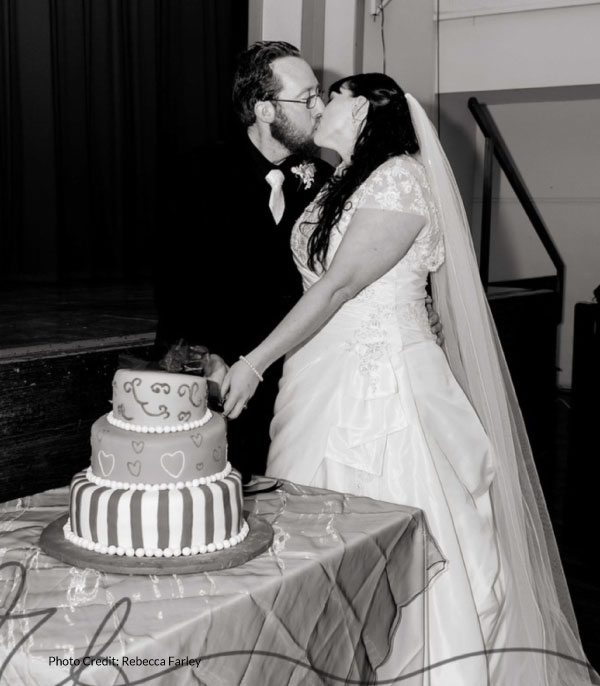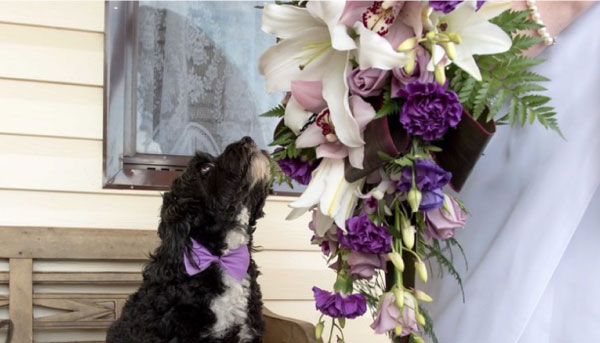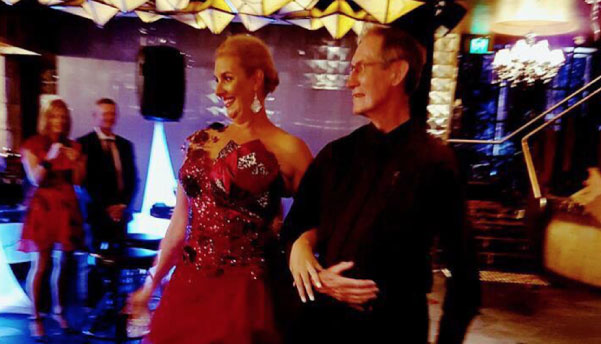Even in our bustling modern world couples hanker after age old traditions. It can be said that this is a human need to acknowledge our ancestors and give deeper meaning to modern day rituals.
It was the Romans who began the tradition of matching bridesmaid dresses , hoping to confuse the spirits ensuring no harm came to the bride.
The best man and groomsmen originates from ancient times when women were a precious but scarce commodity. A prospective groom would rally his best men to raid out lying villages in order to steal a bride. The men became “Brides knights” during the ceremony guarding her from any potential angry family wishing to steal her back!!

BRIDAL BOUQUET
In ancient times, the Bridal Bouquet consisted of strong smelling herbs and spices, to ward off evil spirits, bad luck and ill health. During Roman times, the bride and groom wore floral garlands, signifying new life and hope for fertility. It is still popular today for the bride to ‘Toss the Bouquet’ over her head and into a group of single girls. The lucky girl who catches the bouquet will be the next to fall in love and marry.

WHITE BRIDAL GOWN
The White Bridal Gown was first worn by Queen Victoria in 1840. Before that, a bride chose her favourite dress of any colour as her bridal gown. Wearing a white gown represented affluence, virginity and purity, and is still the most popular choice today, although not for the same reasons!
BRIDAL VEIL
The Bridal Veil covered the bride’s face as a reminder to all present, that the physical relationship began only after the vows were exchanged and the marriage became official. The veil was then removed from the bride’s face and the marriage was sealed with a kiss.
FATHER GIVING AWAY THE BRIDE
The Father Giving Away the Bride came about due to arranged marriages, where the bride was considered property. Today, it represents the approval by the father of the bride’s choice, as he offers her hand to the groom in marriage.


HONEYMOON
The Honeymoon custom began in Northern Europe. The groom needed to kidnap his bride, and keep her for one month, or one ‘moon’, to consider her to be his wife. He was supplied with honey and mead, by the bride’s father, with the hope of keeping her docile enough to manage this…hence the name ‘honeymoon.’

